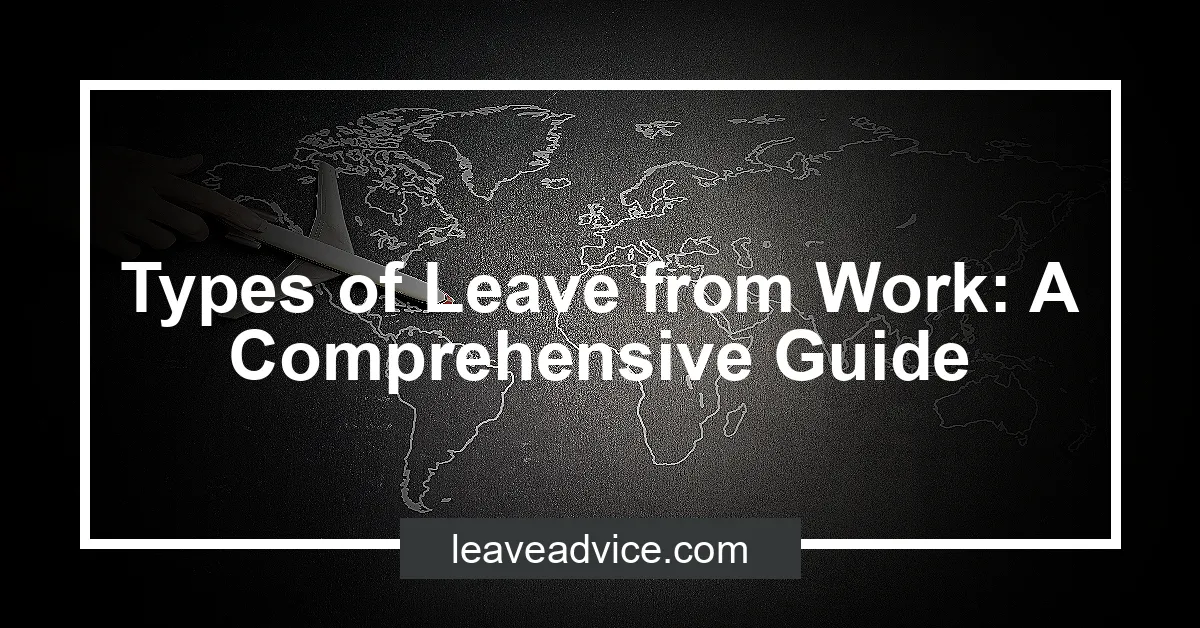Types of Leave from Work: A Comprehensive Guide
What are the types of leave from work?
Employees are entitled to different types of leaves from work depending on their contract and company policy. Here are some of the common types of leave:
Medical Absence
Sick leave is a type of leave that an employee takes when they are unwell and unable to work. Typically, companies offer a certain number of sick leaves to their employees annually, which may vary based on factors such as the length of employment and the employee’s position.
Sick leave.
Casual leave is a type of leave that an employee takes when they need time off work for personal reasons. Most companies provide a fixed number of days as casual leave to their employees each year that can be taken for reasons such as attending a family function or taking care of personal matters.
Parental absence from work for the birth or care of a child.
Maternity leave is provided to female employees to support them during pregnancy and after childbirth. The duration of maternity leave may vary depending on the company policy, the country’s laws, and the nature of the employee’s work.
Check out this Youtube video on “Managing Staff Leave – Types of leave affecting all employees” to gain valuable insight into various types of leave from work and how to manage employee leave effectively.
Sick Leave
Sick leave is a type of leave that employees can take if they are unable to work due to an illness or injury. It is a benefit that many companies offer to their employees to ensure that they are able to take the necessary time off to recover without worrying about losing their job or pay.
Employees are typically required to provide their employer with a doctor’s note or other proof of their illness in order to take sick leave. The length of time that employees can take off for sick leave varies from company to company and may also depend on the severity of the illness or injury.
While on sick leave, employees may receive a portion of their salary or may be required to use their accumulated sick leave time. Some companies offer short-term disability benefits to employees who are off work for an extended period of time due to an illness or injury.
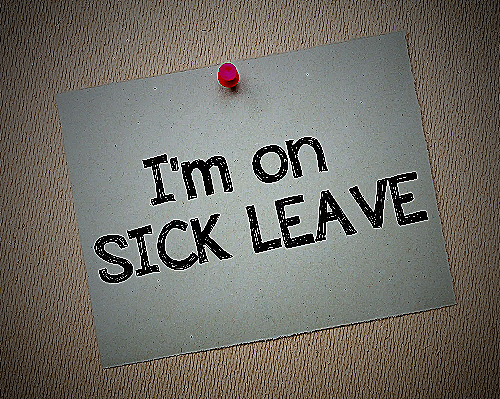
Casual Leave
Casual leave, also known as personal leave or paid time off (PTO), is a type of leave that employees can take for personal or unexpected reasons. This type of leave is typically separate from vacation or sick leave and is intended to provide employees with more flexibility in their work schedules.
Casual leave may be used for a variety of reasons, such as attending a doctor’s appointment, taking care of a sick child or family member, or dealing with a personal emergency. The amount of casual leave that employees can take may vary depending on the company’s policies and the length of their employment.
Some companies may require employees to give advance notice before taking casual leave while others may allow more flexible scheduling. Employees may also be required to provide a reason for why they are taking casual leave.
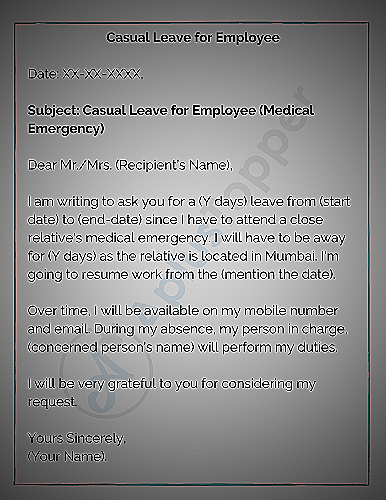
Maternity Leave
Maternity leave is a type of leave that is available to female employees who are expecting a child. This leave typically allows the employee to take time off prior to and after the birth of their child to recover and care for their newborn.
Maternity leave may be paid or unpaid depending on the company’s policies and whether the employee has accumulated enough sick or vacation time to cover the leave. The length of maternity leave may also vary from company to company and may be determined by state or federal laws.
Employers are required to provide their employees with certain accommodations during pregnancy and after childbirth, such as time off for doctor’s appointments and breastfeeding breaks. Employers are also prohibited from discriminating against employees on the basis of their pregnancy or maternity status.
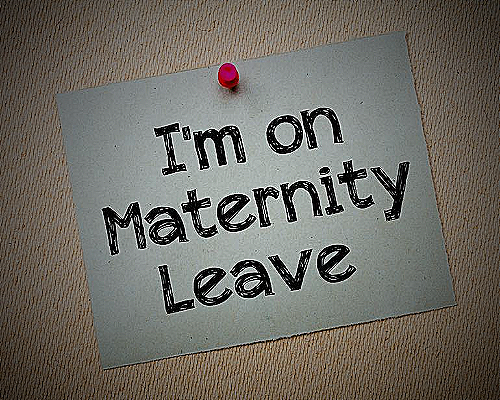
Vacation Leave
Vacation leave allows employees to take time off for personal reasons, such as travel or rest. Often, companies offer a set amount of paid vacation leave per year, which can increase with seniority or tenure at the company.
For example, an employee might start with two weeks of vacation leave per year and earn additional time off for every year worked at the company.
Employees typically need to request vacation leave in advance and receive approval from their supervisor. While on vacation leave, employees are still entitled to their regular compensation and benefits.
Examples of when an employee may use vacation leave include taking a family vacation, attending a destination wedding, or taking a gap year to travel the world.
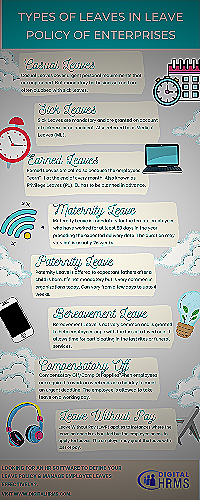
Parental Leave
Parental leave is a type of leave granted to parents for taking care of their newborn or adopted child. It can be divided into three types: maternity leave, paternity leave and adoption leave.
Maternity leave is given to the mother, while paternity leave is given to the father. Adoption leave is granted to either parent who has adopted a child.
In terms of payment, parental leave can be paid or unpaid depending on the company’s policy. Some companies provide paid leave, while others offer unpaid leave.
Paid leave is granted at the employee’s full or partial salary for a specified period. Unpaid leave is granted without pay during the leave period, but ensures job security and protection.
The duration of parental leave varies depending on the country and company policy. In the United States, the Family and Medical Leave Act provides up to 12 weeks of unpaid, job-protected leave for eligible employees.
In the United Kingdom, eligible employees can take up to 52 weeks of leave, of which 39 weeks is paid.
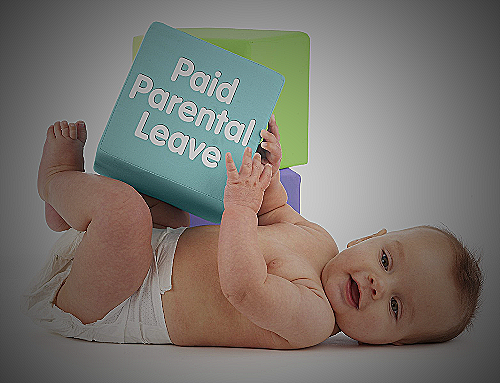
Parents who take parental leave are protected under the law. Employers cannot discriminate against employees for taking maternity, paternity or adoption leave.
Employees must be given the same job and salary when they return to work.
Some companies offer additional benefits to new parents, such as flexible work schedules, work from home options, and access to on-site daycare. These benefits can help ease the transition back to work and support work-life balance for parents.
Personal/Carer’s Leave and Compassionate Leave
Personal/carer’s leave is any time off work because you are sick or you need to care for an immediate family member. It includes both sick leave and carer’s leave.
Sick leave is any leave that you take when you cannot go to work because you are sick or injured.
Compassionate leave is a type of leave taken in the event of a family or household member’s death or life-threatening illness. Employers usually allow 1-2 days paid compassionate leave per year but it depends on the employer’s discretion.
An employee can take personal/carer’s leave when they cannot attend work because of illness or injury, or because they need to provide care or support to an immediate family or household member who is ill, injured or has a life-threatening emergency. Employers can request evidence of the illness or injury, or the person being cared for e.g. medical certificate or statutory declaration.
An employee cannot be terminated from their job because they take this type of leave.
Compassionate leave can be taken for reasons like the death of a close family member such as a spouse, parent, or child. Employers may request evidence of the death, and the period of absence will depend on the employee’s circumstance and the employer’s discretion.
Community Service Leave
Community service leave is an entitlement under the National Employment Standards (NES). It allows employees to take a leave from work to engage in voluntary emergency management, firefighting, civil defense, or rescue services.
Employees are also entitled to take leave for jury service. However, the employer may require the employee to present evidence of the service such as a certificate attesting to the service rendered to be eligible for jury service leave.
Community service leave does not affect an employee’s salary or job. They will receive the same pay and entitlements they would have received if they had worked in their usual job during the leave period.
Examples of types of community service an employee may take leave for are participating in natural disaster relief efforts, volunteering for community sports events, or volunteering for charitable organizations.

Long Service Leave
Long service leave is a period of extended paid leave granted to employees who have worked for a company for a specified amount of time. The duration of employment varies by jurisdiction or company policies, but the average qualifying period is ten years.
In some cases, employees may take off up to three months, and for every additional year, they worked for the company; they may take an additional week.
Employees on long service leave are usually paid their normal base salary, but some companies offer additional bonuses or incentives based on the number of years they have worked with the company. Long service leave may also affect an employee’s annual leave entitlement, with some companies reducing this when long service leave is taken.
Examples of when an employee may take long service leave include sabbatical, education opportunities, travel, or to pursue personal interests or hobbies.

Conclusion
Companies offer several types of leave, including sick, casual, public, religious, maternity, paternity, bereavement, annual, bank holidays, comp-off, marriage, parental, personal/carer’s, community service, and long service leave. These leaves can affect employees differently depending on the type of leave and the reason for taking it.

